Australia, or to be precise South Australia, is now the proud owner of the world’s biggest battery. And the lithium-ion battery has just been powered on Friday, ahead of schedule. Capable of powering 30,000 lucky Australian homes, the battery is as huge as an American football field. The hero is none other than “Ironman” Elon Musk, the founder of Tesla Motors.
Mr. Musk, the billionaire who plans to colonize Mars with his spaceship SpaceX, made a promise to deliver the battery within 100 days back in July – or else will provide it for free. He outbid 91 other companies and won a contract to install the 100-megawatt facility. The clock started ticking when the official contract was signed in September.
With the battery officially launched on Friday, not only Musk met his 100-day deadline, Australia is also the proud owner of a battery that is 3 times bigger than any on the market (which presently is 30-megawatt). Had Musk lost his bet to deliver the battery within the time frame, his estimated losses would be about US$50 million, some loose change to the tycoon worth US$19.6 billion (Forbes).
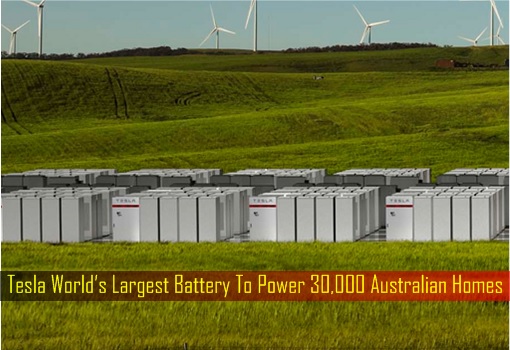
However, the throne will not be Australia’s for long. Hyundai Electric & Energy Systems is on a mission to snatch the title from Down Under. Hyundai is building a similar battery – only 50% bigger – in South Korea. Scheduled to be switched on in February 2018, Hyundai’s 150-megawatt lithium-ion battery is located in Ulsan near the southeast coast.
Still, Musk has set a benchmark on how quickly one can install and commission a mega-battery. More importantly, it provides a great marketing stunt to Tesla brand. South Australian Premier Jay Weatherill, who features a photo of Tesla’s giant battery on his Twitter profile, used Musk’s star power to help sell his pitch for the state to be a world leader in renewable energy.
The deal involved partnership between Tesla and French renewable energy firm Neoen, and get energy from their Hornsdale Wind Farm near Jamestown, South Australia. Tesla’s Powerpacks will charge using the energy produced from the wind farm and subsequently deliver electricity during peak hours. The ambitious project was initiated after a state-wide blackout in September 2016.
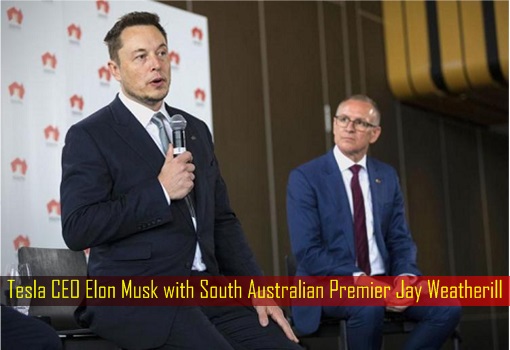
The apocalyptic storm – involving 80,000 lightning strikes and at least two tornadoes – knocked down dozens of electricity pylons, causing cascading failures throughout the regional electricity grid and casting virtually the entire state of 1.7 million residents into darkness. More blackouts from storms hit in December, and subsequently heat waves in February.
But how does the project provide cheaper electricity for consumers? Elon Musk explained – “You can essentially charge up the battery packs when you have excess power when the cost of production is very low, and then discharge it when the cost of power production is high, and this effectively lowers the average cost to the end customer.”
In short, the Tesla Powerpack battery will be charged “cheaply” (during non-peak hours) using the renewable energy from the Hornsdale Wind Farm. Subsequently, during peak hours, the fully charged mega battery will deliver electricity to the 30,000 homes of South Australians, well, at least that was the plan on paper says.
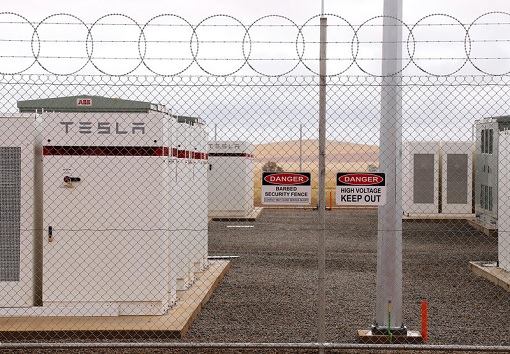
In theory, however, the 100 MW/129 MWh battery bank will be able to store enough energy to power about 30,000 homes for only about an hour. Tesla Powerpack battery will also not solve the problem of power losses due to distribution grid getting knocked out after massive storms. But none of this matter to South Australia, and here’s why.
Australia is the world’s largest exporter of coal, and even expected to soon overtake Qatar as the world’s biggest exporter of liquid natural gas Yet, South Australia has the highest electricity prices in the world. Amusingly, 40% of South Australia’s electricity comes from renewable energy such as wind and solar due to limited access to the traditional sources than the rest of the nation.
Therefore, the giant battery, like a power bank to a heavy smartphone user, is essentially the most important part. The power grid, considered the power bank “cable” in the same analogy, isn’t that crucial. Additionally, the battery provides the solution to stability issues when the wind dies down, not necessarily only when storm or lightning strikes.
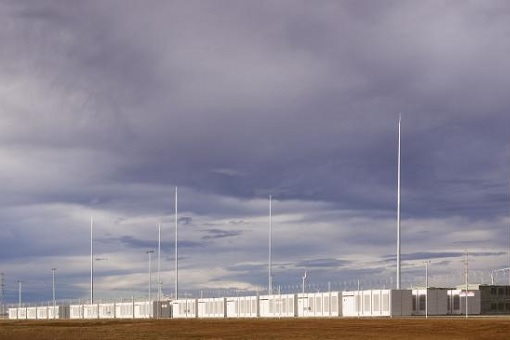
Already, the Tesla battery is being put to work to boost supply during the present peak demand periods – Australian summer – where power usage skyrockets due to air conditioning use. The huge battery was reportedly providing 70-megawatts (70%) to South Australians on Thursday afternoon itself. Obviously, this could be just the beginning of reliance on battery – at industrial scale.
Other Articles That May Interest You …
- Australia Will Get World’s Largest Battery – Free – If Musk Fails Within 100 Days
- Why US Billionaires Love Immigrants – 15 Iconic Companies Founded By Them
- Here’s Why Zuckerberg Was Furious When SpaceX Rocket Exploded
- China Invasion – Top 10 American Iconic Brands Now Owned By Chinese
- 10 Companies That Control Almost Everything You Buy & Eat
- Top 15 Creative, Stunning, Cool & Useful Business Cards
- 50 Cool Signatures Of World’s Rich & Famous People
- Debts & Deficits – 21 Currencies That Have Gone Bust

|
|
December 2nd, 2017 by financetwitter
|


|

|

|

|

|

|






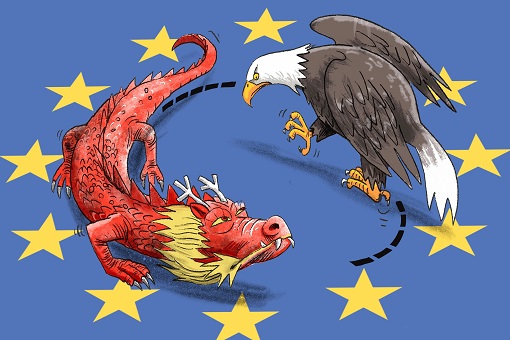





















Comments
Add your comment now.
Leave a Reply